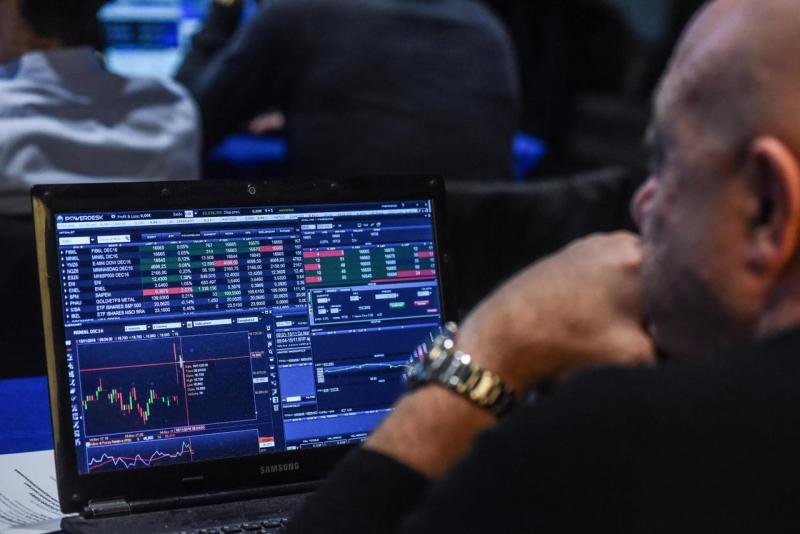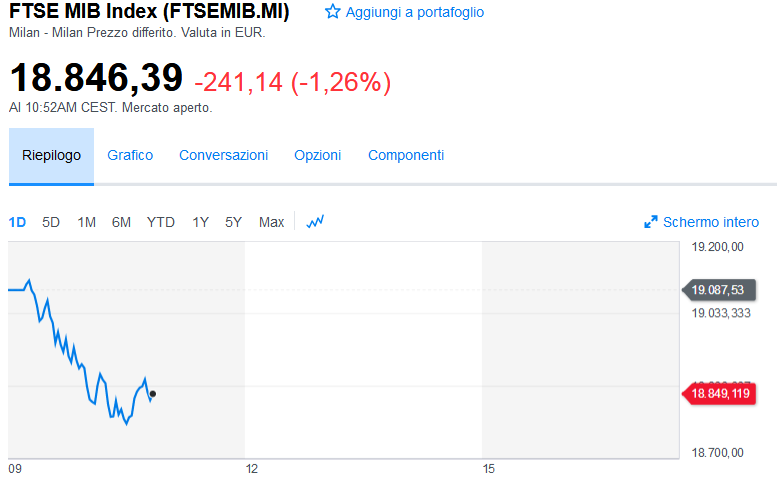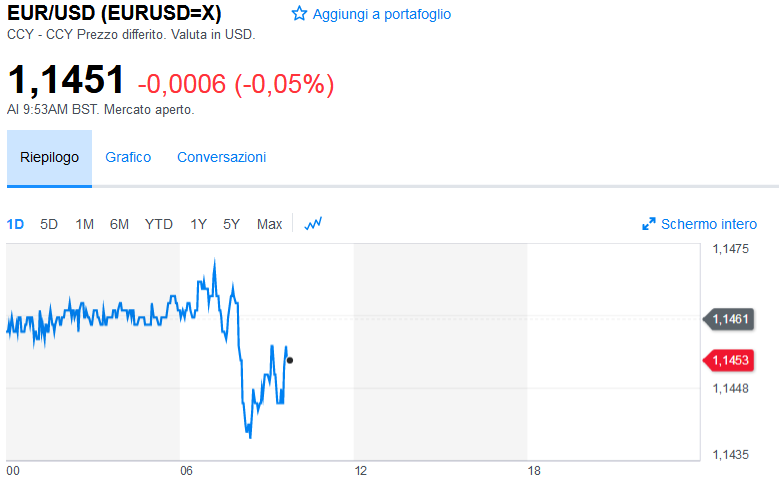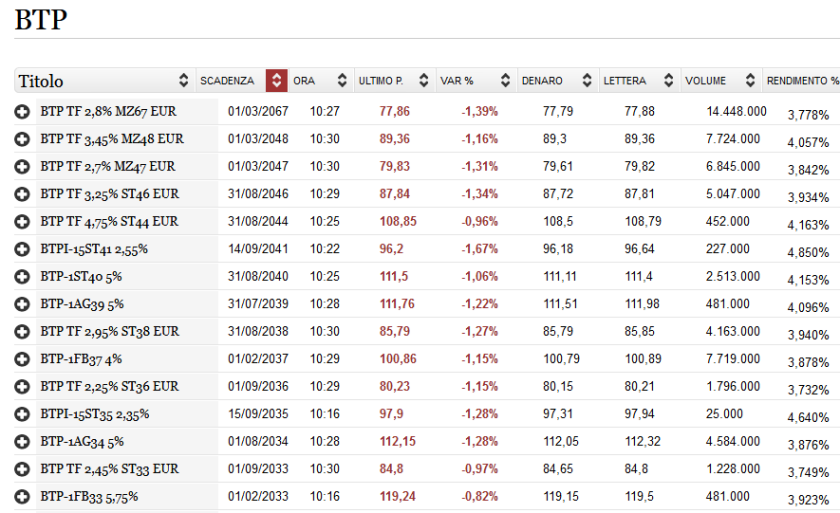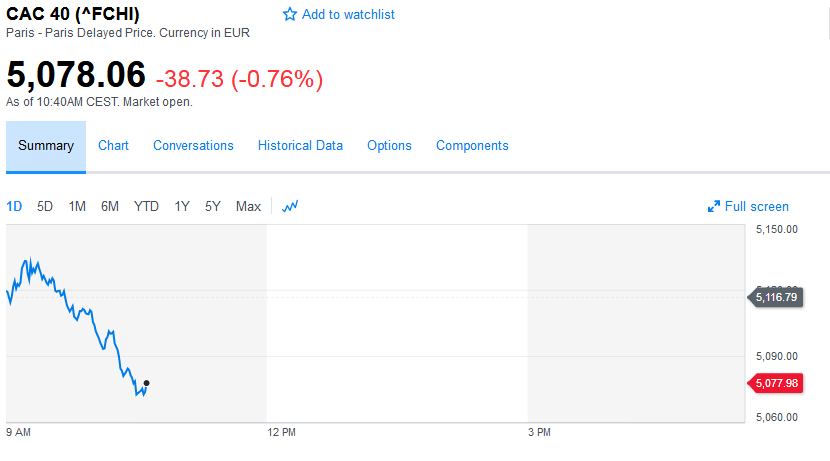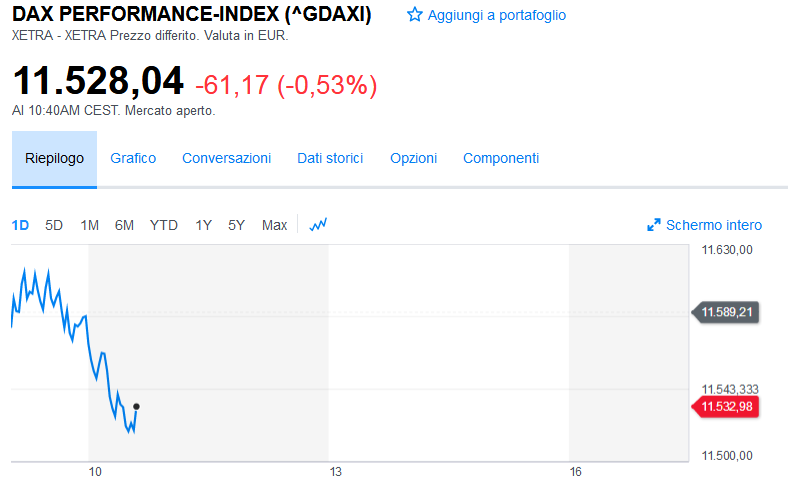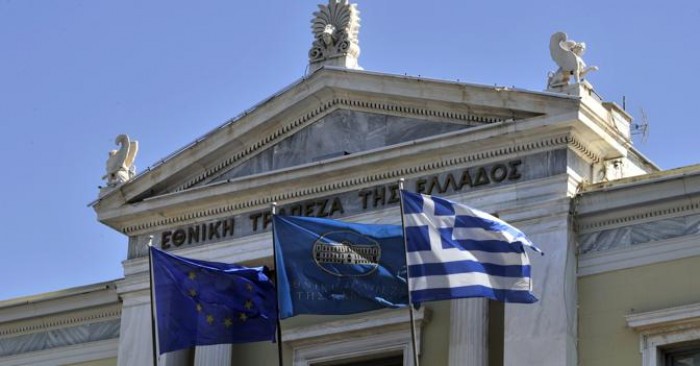LO SCHEMA DELL'OPERAZIONE PREVEDE CHE UN'OFFERTA VINCOLANTE ENTRO FINE MESE E IN SEGUITO L’ENTRATA DEL MEF E DI UN PARTNER INDUSTRIALE
FS E I SUOI CONSULENTI VOGLIONO VEDERCI CHIARO PER EVITARE DI FINIRE SOTTO LA LENTE DELL'ANTITRUST PER UN POSSIBILE MONOPOLIO SULLA ROMA-MILANO…
Rosario Dimito per “il Messaggero”
Piano Alitalia in due tempi. Prima Fs fa tutto da solo per rispettare i tempi, le promesse di Luigi Di Maio, le esigenze di verifica della Commissione Ue, poi si formerà la cordata con il Mef e il partner industriale. Questo il percorso delineato dal governo per contemperare tutte le esigenze.
All' interno di questo quadro, si è sviluppata la riunione-fiume dalla mattina a metà pomeriggio, di mercoledì 17, a Roma, presso lo studio Gianni Origoni Grippo Cappelli & Partners, advisor legale dei commissari, rappresentato da Roberto Cappelli.
Presenti: il top management di Fs guidato da Roberto Mannozzi, capo del bilancio (assente l'ad Gianfranco Battisti), i commissari Luigi Gubitosi, Enrico Laghi, Stefano Paleari, affiancati dai banchieri di Rothschild, da Andrea Giorgianni di Mediobanca, ancora senza un mandato formale, e dai legali dello studio Cleary Gottlieb (Giuseppe Scassellati e Mario Siragusa) per conto di Ferrovie. La riunione è avvenuta su più tavoli per approfondire gli aspetti tecnico-contrattuali, procedurali e finanziari.
Il confronto che da lunedì 22 proseguirà senza soste, è servito per consentire alla società pubblica dell' Alta velocità di entrare in data room e avviare la due diligence. E soprattutto, nonostante manchino meno di due settimane alla scadenza del 31 ottobre fissata dalla procedura per le offerte vincolanti, rendersi conto del percorso.
Uno dei punti aperti e centrali riguarda la parte economica: se cioè nell' offerta binding, Fs dovrà mettere un prezzo e ove lo mettesse, se costituisce impegno. Altro aspetto è la modalità per far entrare in cordata Mef e il partner nel rispetto del bando di gara. Altro aspetto ancora: il prestito ponte.
LE CONDIZIONI
Sarà Fs, salvo improbabili colpi di scena, a fare l'offerta vincolante per acquisire il 100% di Alitalia. Del resto l' ha fatto intendere Danilo Toninelli qualche giorno fa. «Su Alitalia penso che entro la fine di ottobre arriveranno buone notizie a partire da Fs», ha detto il ministro delle Infrastrutture e Trasporti giorni fa. «Il tavolo è sempre aperto e lo sta gestendo il ministro Di Maio» che ha assunto la regia delle manovre.
Lo schema dell'operazione è delineato, dovranno essere definiti nei prossimi giorni i dettagli, a cominciare dalla valutazione che è un particolare non da poco anche perché si incrocia con il prestito-ponte di 900 milioni in scadenza il 15 dicembre, sul quale l'Antitrust europeo tiene il faro acceso. Di Maio, quando ha indicato una settimana fa la rotta, ha fatto riferimento a una Newco con Fs, Mef e un partner industriale e una dotazione di 1,5-2 miliardi.
Questa dotazione non significa, però equity, bensì risorse per il rilancio. Fs sarebbe pronta a intervenire ma non a qualunque costo e, anzi l'altro giorno, i manager avrebbero fatto intendere che il prezzo va negoziato tenendo conto del piano industriale.
«L'ingresso di Ferrovie permetterebbe di lavorare al biglietto unico treno-aereo», ha detto il premier Giuseppe Conte. Ma su questo Fs e i suoi consulenti vogliono vederci chiaro per evitare di finire sotto la lente dell'Antitrust per un possibile monopolio sulla Roma-Milano. Fs vuole potersi esprimere sul management.
In una fase 2 interverranno gli altri attori, dal Mef, tirato dentro da Di Maio, a dispetto del ministro Tria che, come è noto, sul punto è più prudente. Ma il Tesoro, ove Tria si convincesse, difficilmente metterà soldi freschi visto il clima ostile in Europa.
Fonte: qui







